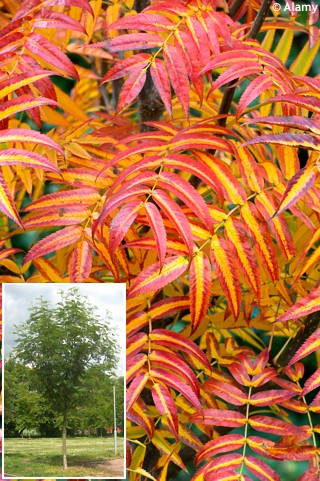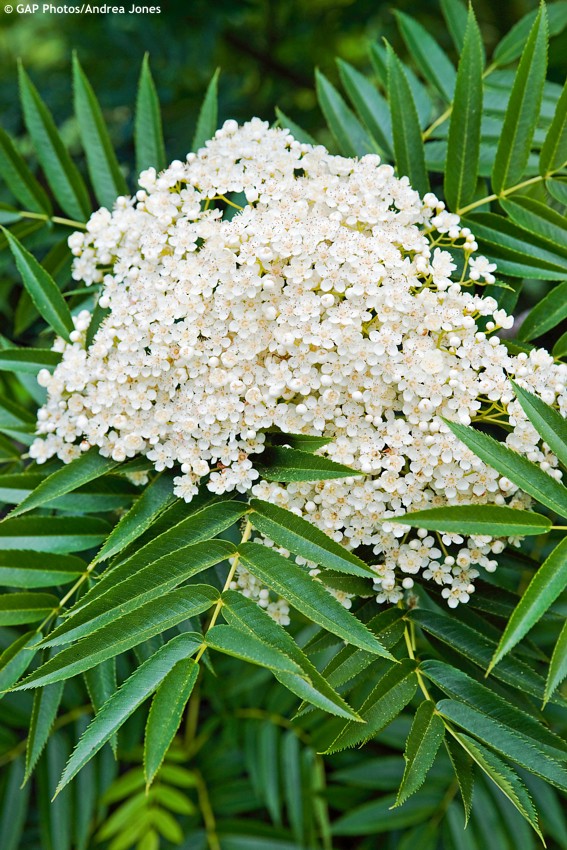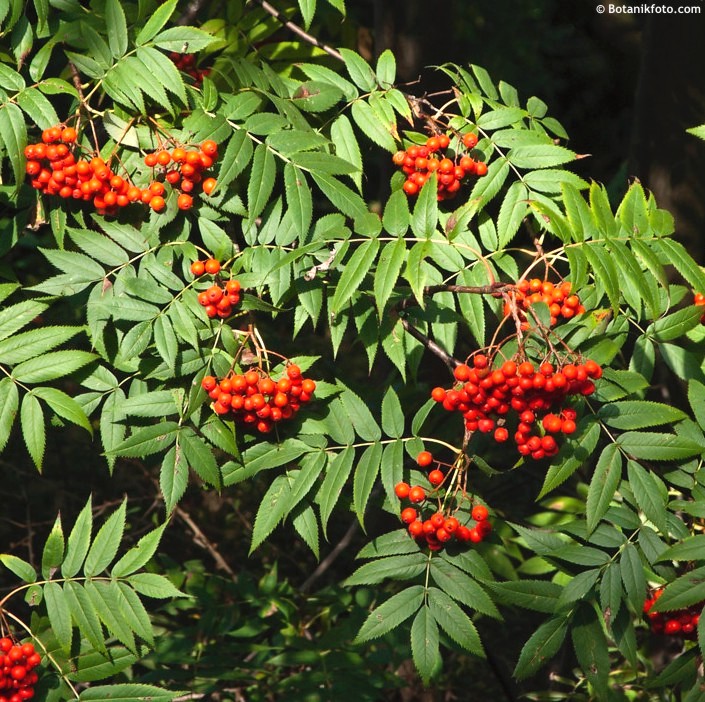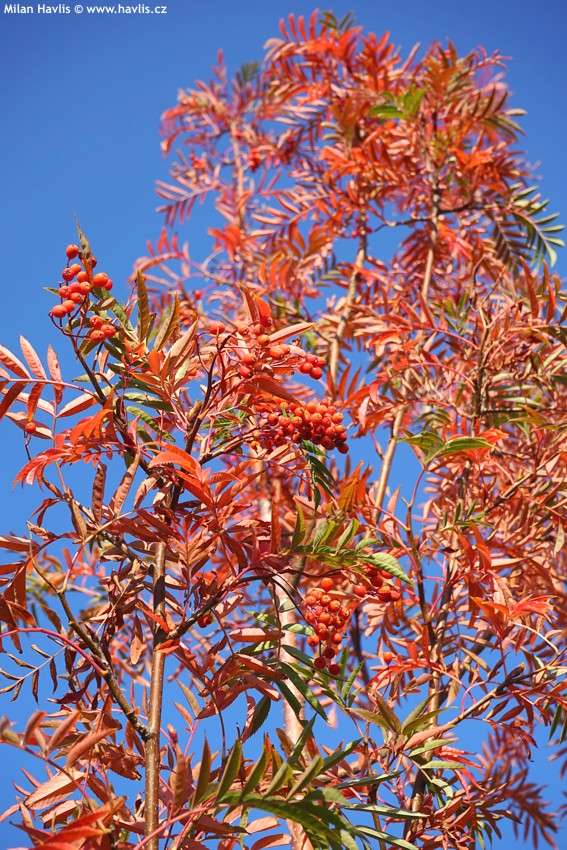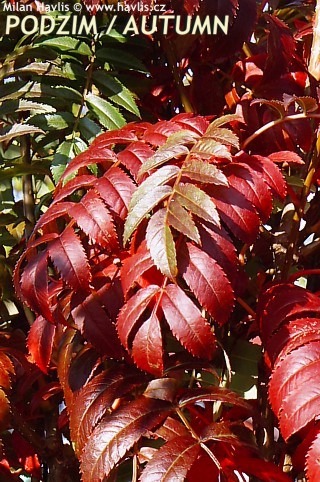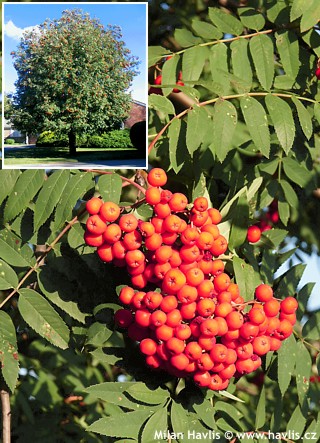Sorbus 'DODONG' whitebeam


Sorbus
Rowans are typical trees of European landscape. Some are common, others are extraordinary. Dodong is definitely the latter. It was discovered only recently - at the end of the 20th century, on the Korean island of Ullung-do (Ulleungdo) with altitude between 300 and 980 m. It was quite a surprise for its discoverer as well as the National Research Foundation of Korea which, in order to get to the bottom of it, in collaboration with Harvard University, conducted research, results of which were published precisely on New Year's Eve 2014. There in detail, they describe the 2 main Korean rowan species - Sorbus pohuashanensis and Sorbus commixta. The resulting data show that there is really one more species on the island, very similar to s. commixta but with visibly larger leaves, larger inflorescences and larger fruits. They named it Sorbus ulleungensis.However, the initial credit should go to the Swedish botanist and dendrologist Tor Nitzelius (1914-1999) who collected seeds during his expedition to the Korean island of Ullung-do in 1976, thinking that it was S. commixta. However, as he watched the plants grow, he noticed that everything about them was bigger. He decided to register it as a new variety and introduced it in 1989. He named it Dodong after the port village of Do-dong, near which he once collected the seeds, and under this name it is still sold today, although since 2014 the new scientific name Sorbus ulleungensis has been recognized.
In May appear large corymbs of creamy white flowers that are followed by scarlet red fruit in late summer which look especially exquisite on the background of lush green foliage. The fruit is not classified as edible since the seeds may contain small amounts of hydrogen cyanide (as in bitter almonds), therefore the fruit is not recommended for mass consumption. However, to be absolutely objective, the same is said about fruit of s. aucuparia which is commonly cultivated as an edible fruit tree.
Rowan will grow almost everywhere. It likes well-drained, preferably acid soil for best autumn colours. Dodong grows fast into an upright tree with broadly oval crown with open top. Still, I reckon than the most beautiful are multi-stemmed trees with a firm lower framework of strong branches and a dense canopy of lush foliage. Pruning of old branches should be limited to avoid fungi infections. It is hardy to about -34 °C (USDA zone 4).
Last update 22-01-2019; 25-10-2024
Goods are shipped all over Europe. For Russia and U.K. and for further details please read about SHIPPING OPTIONS HERE.
Are you interested in a serious discount for orders NOV-FEB? Check your options here.
THE PRICES INCLUDE VAT of 15%. For quick conversion you can use 1 CZK = approx. 0.04 EUR
- STANDARD QUALITY - Plants of this group are 1st class quality with number of branches and overall density adequate to their size and age, considering they were container grown.
- DE LUXE QUALITY - This label guarantees a luxurious quality of manually selected plants that, compared to their height and age, are exceptionally dense and beautiful.
- EXTRA - These plants are usually mature and bigger specimens with exceptional overall appearance.
- STANDARD (as described in the plant form) means a tree with a trunk of 190-210 cm and a crown at the top, unless specified differently. The commercial size for trees is their girth measured in the height of 1m from ground.
- HOBBY - These plants are of the same quality as our standard-quality plants but younger and therefore cheaper.
- SHRUB - a woody plant with branches growing bushy from the ground level.
- HALF-STANDARD or MINI-STANDARD - a small tree with shorter trunk, its size is usually specified.
- FEATHERED - These are trees with branches growing already from the base of the trunk and up along the stem.
- GRASSES and PERENNIALS - Sizes given usually read the diameter of the pot or the clump, as specified.












